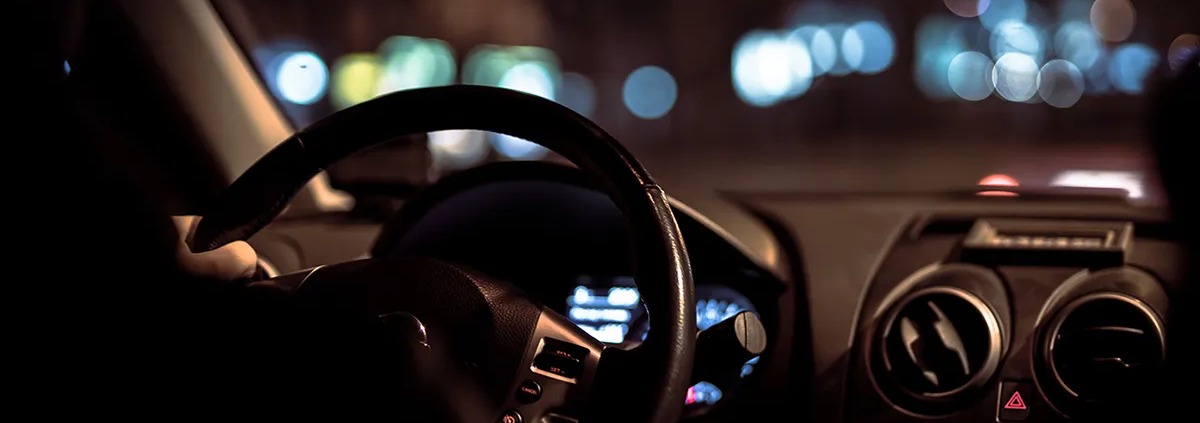Driving in the Dark
When aging eyes meet nighttime roadways, driving can be hazardous. Here’s how you can make the road you travel safer.
Half of all fatal car crashes happen after dark, according to data from the National Safety Council, even though only 25 percent of driving happens then. The darker it gets, the more challenged our sight becomes, especially when it’s a question of spotting objects along the side of the road. In low contrast conditions, it’s difficult to estimate how fast objects, such as other cars, are moving, and our reaction times are slowed.
How to See Better in the Dark
Driving as little as possible after dark is safety tip number one. But sometimes, especially when the days grow shorter, that simply isn’t an option. To maximize your vision:
- Use your bright lights at night in almost all cases, except when there are oncoming cars. Drivers often don’t see as well at night as they think they do, and high beams give them the best chance of reacting fast enough to an unexpected hazard.
- Don’t economize. When buying a new or used car, look for models with top-rated headlights (go to iihs.org/ratings to find a car’s safety ratings). When given a choice, opt for the best headlights available.
- If your car is several years old, consider getting your headlights and casings replaced. A 2018 study by AAA found that in at least two popular sedan models, degraded headlights and yellowed headlight casings meant that on low beams, the headlights were emitting just 22 percent of the light that new ones would provide, making night driving more hazardous.
- Keep your windshield and headlights cleaned, for obvious reasons. Clean of the ice and snow before driving.
- Reset the illumination levels of your dashboard lights and any in-car screens to low. Bright light inside makes it harder to see outside.



